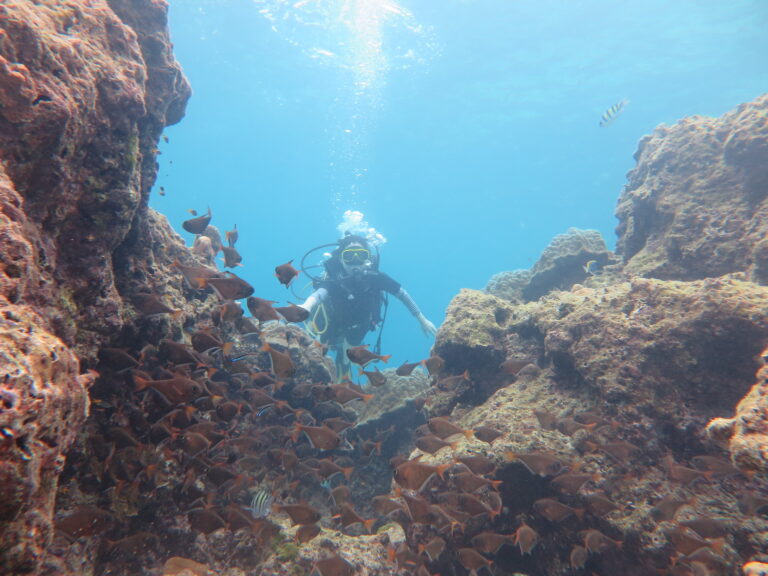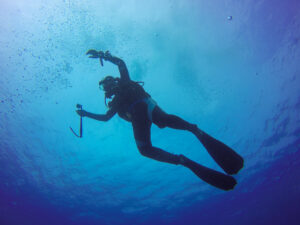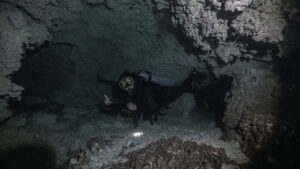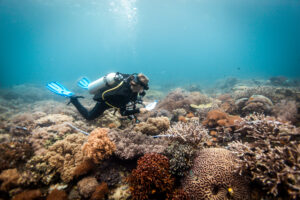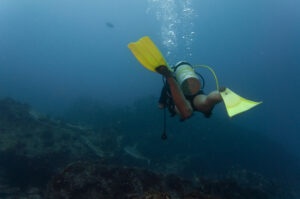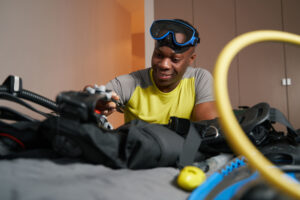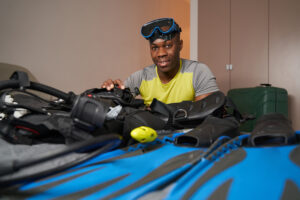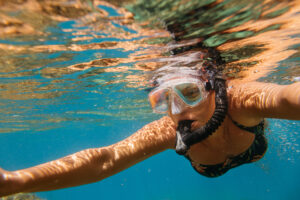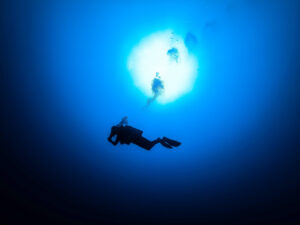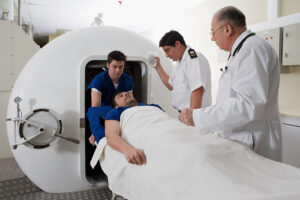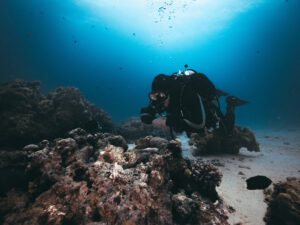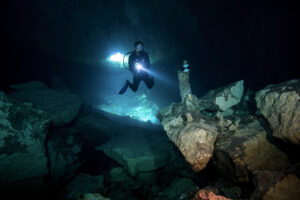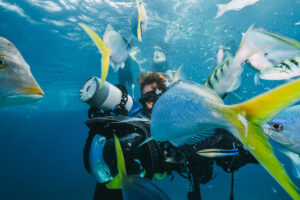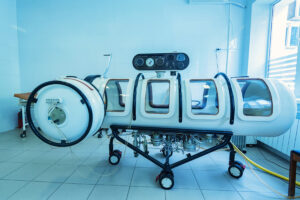What is a Check-Out Dive?
Check-out dives are the final step in the journey to becoming a certified scuba diver, an essential component of the learning process. They take place outside of the controlled environment of a pool, allowing divers to demonstrate their mastery of core scuba skills in a real-world setting. Check-out dives are a rite of passage for scuba enthusiasts, proving their readiness to embark on the underwater adventures that await them.
Purpose of Check-Out Dives
Check-out dives serve two primary purposes: first, they confirm that a diver has mastered the necessary scuba skills to dive safely in open water environments, and second, they provide a valuable opportunity for hands-on experience in a variety of aquatic settings. Instructors and divemasters use check-out dives to evaluate the diver’s competence, ensuring they are prepared to handle the unique challenges of open water diving. Additionally, some dive bases and operators may require a check dive from new divers or those who have not dived with them before, to guarantee their ability to maintain safe practices while underwater.
Typical Check-Out Dive Settings
A check-out dive can take place in various natural environments, including lakes, oceans, springs, and quarries. The chosen setting should offer conditions that closely resemble the diver’s anticipated diving experiences, helping them adapt to the challenges they may face in the open water. This may include factors such as water temperature, visibility, and the presence of aquatic life. By completing their check-out dive in a similar environment to their future dives, divers gain essential experience that helps ensure a safe and enjoyable diving career.
Key Skills Evaluated During a Check-Out Dive
During a check-out dive, an instructor or divemaster will evaluate the diver’s proficiency in several fundamental scuba skills. These skills are crucial for maintaining safety and comfort during a dive and include:
Mask Clearing
The ability to clear a flooded mask is essential, as water may occasionally enter the mask while diving. Divers must demonstrate that they can effectively remove water from their mask without surfacing or panicking.
Regulator Retrieval
A regulator is the device that allows a diver to breathe underwater. If a diver accidentally loses their grip on the regulator or it gets knocked out of their mouth, they must be able to retrieve it swiftly and resume breathing. This skill is vital for preventing panic and ensuring a safe diving experience.
Octopus Sharing
The octopus is an alternate air source, consisting of a second regulator attached to the diver’s air tank. It serves as a backup breathing device for the diver or their buddy in case of an emergency. Divers must demonstrate their ability to share the octopus with a fellow diver, ensuring both can breathe simultaneously and safely in a critical situation.
Buoyancy Control
Proper buoyancy control allows divers to maintain a constant depth without excessive effort. This skill is essential for conserving energy, protecting the marine environment, and avoiding potential hazards. Divers must demonstrate their ability to establish neutral buoyancy and make fine adjustments as needed.
Underwater Communication
Divers should be able to communicate effectively with their dive buddies and instructors using hand signals. This skill ensures that divers can relay essential information, such as air supply levels or any issues they may be experiencing during the dive.
Navigation
The ability to navigate underwater is critical to preventing disorientation and ensuring a safe return to the surface or the dive boat. Divers must demonstrate their proficiency in using a compass, recognizing underwater landmarks, and estimating distances.
Emergency Procedures
Divers should be well-versed in the proper procedures for handling emergencies, such as running out of air or encountering an unresponsive diver. This includes knowledge of rescue techniques, ascent procedures, and the use of surface marker buoys (SMBs) or delayed surface marker buoys (DSMBs). Demonstrating competence in these procedures helps ensure the safety of the diver and their fellow divers in the event of an emergency.
Equipment Assembly and Disassembly
Divers must be proficient in assembling and disassembling their scuba gear, including attaching the regulator to the air tank, connecting the low-pressure inflator hose to the buoyancy control device (BCD), and properly securing the tank and BCD to their weight system. Proper assembly and maintenance of equipment are crucial for a safe and enjoyable dive.
Key Takeaways
A check-out dive is the culmination of a diver’s training, a chance to showcase their abilities and prove they have mastered the necessary skills for open water diving. Instructors and divemasters use this vital assessment to ensure that divers are ready to face the challenges of the underwater world with confidence and competence. With a successful check-out dive, divers earn their certification and become part of the global scuba diving community, ready to explore the wonders beneath the surface and share their passion for the underwater realm with fellow enthusiasts. The check-out dive is a pivotal milestone in a diver’s journey, a stepping stone to countless underwater adventures.

